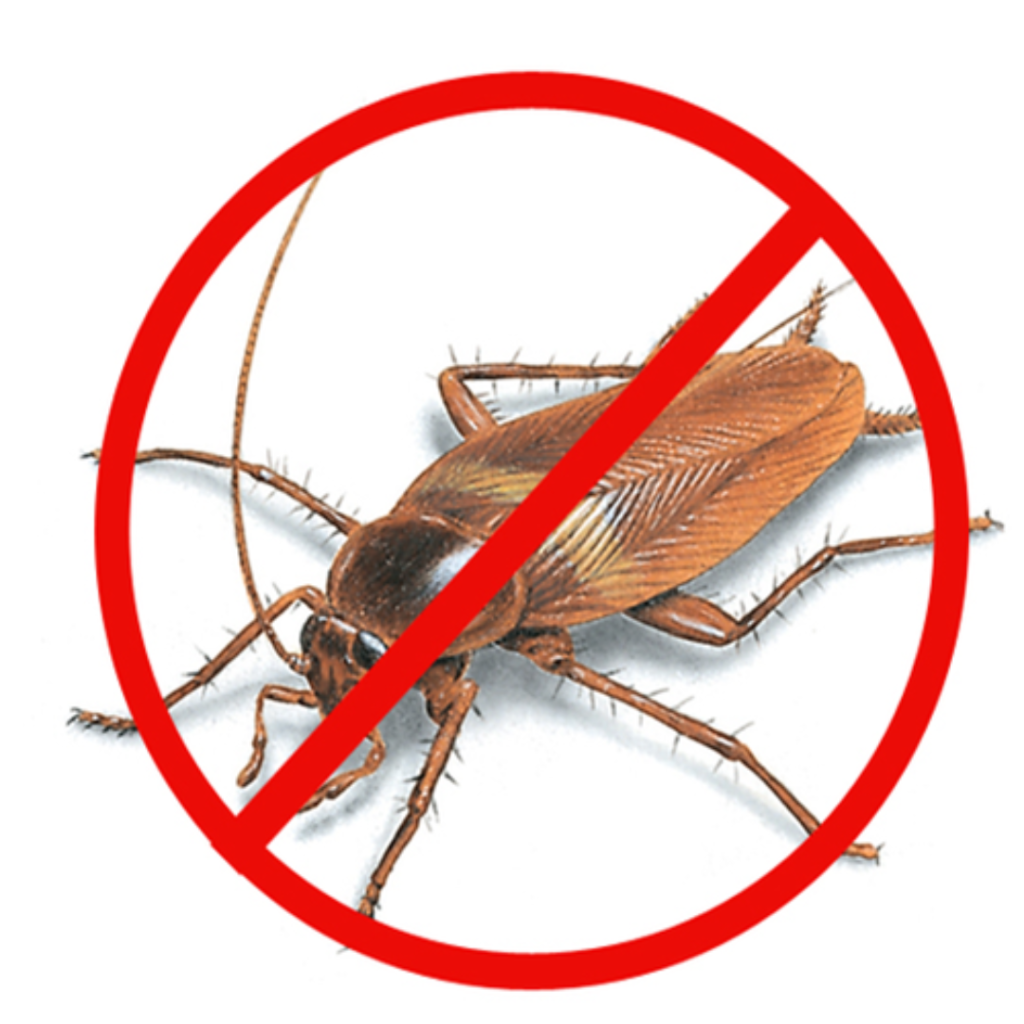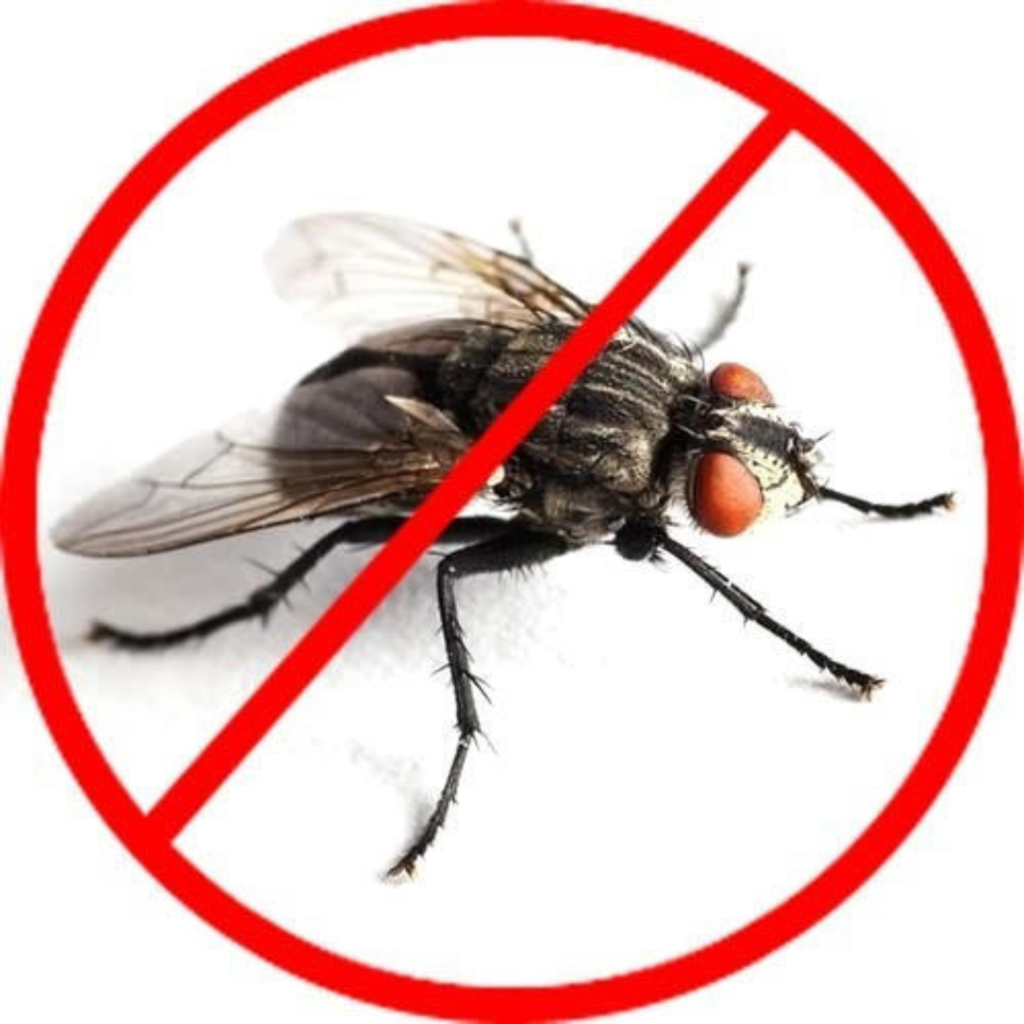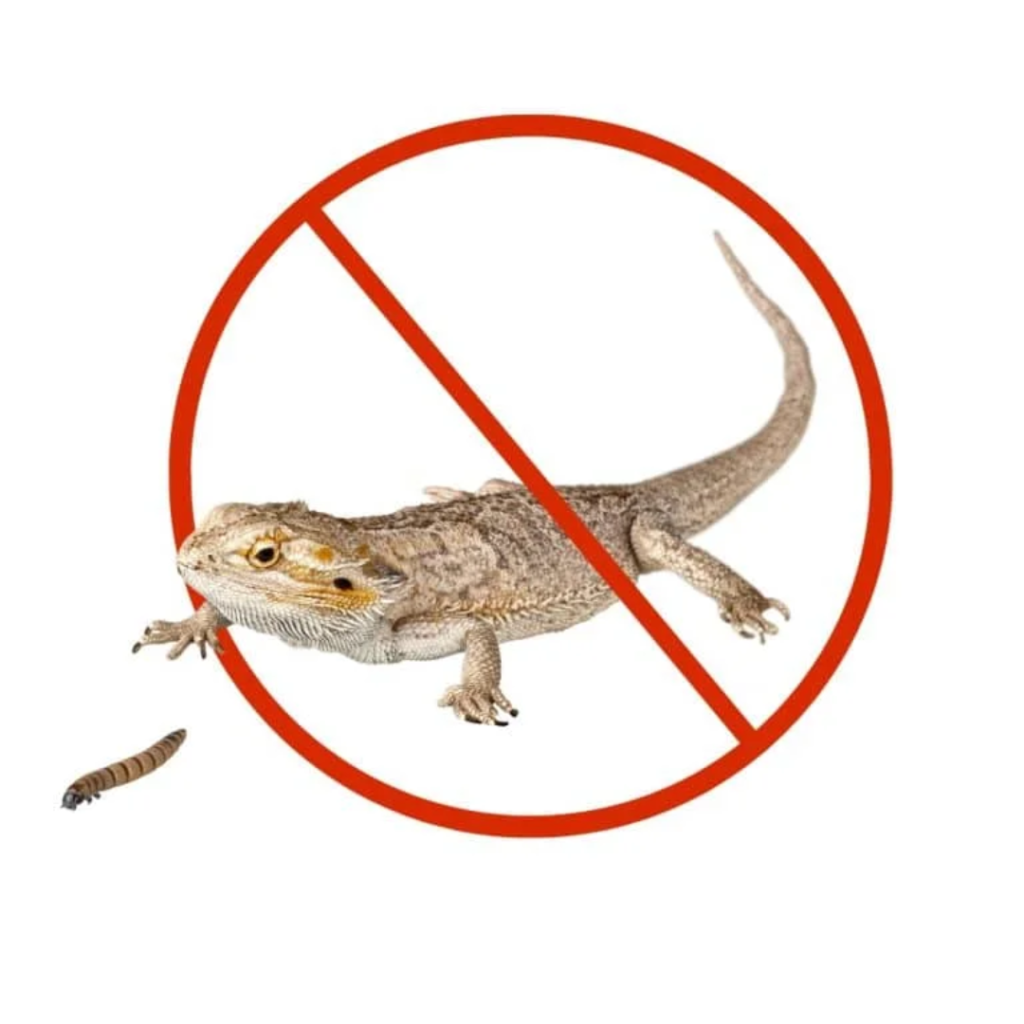Our Services
Quality Services
Cockroach Pest Control
Why It Is Important?
Cockroach pest control is crucial due to the significant health risks they pose. Cockroaches carry pathogens and allergens that can cause diseases like salmonellosis and exacerbate asthma and allergies in humans. They also damage property and reputation, particularly in commercial settings, leading to financial losses and legal consequences. Compliance with health regulations, prevention of infestation spread, and maintaining quality of life are additional reasons why effective cockroach control is vital.
Treatment Process
This technique is the combination of Gel Bait and liquid Pesticide. Gel Bait will be applied in the form of small dots at dry areas like- cracks crevices, gaps, electric switches, lockers, racks, stores, cup boards, electric appliances like- refrigerator, coffee machine, mixer etc. In wet areas emulsion of liquid pesticide will be sprayed at drains, main holes, toilets, washing rooms etc.
Benefits
- Complete combination of chemicals used in this treatment is odorless.
- There is no need to leave the premises during and after the treatment.
- No need to empty drawers or to cover up sensitive equipments.
- This treatment can be carried out during working hours without any-disturbance.
- Safe for humans and ECO friendly.


Flies Pest Control
Why It Is Important?
Fly pest control is essential for various reasons. Flies are vectors of numerous diseases, including cholera, dysentery, and salmonellosis, posing significant health risks to humans. Additionally, flies contaminate food and surfaces with bacteria and pathogens, leading to foodborne illnesses. Infestations can damage reputations, especially in food-related businesses, resulting in financial losses and legal implications. Effective fly control helps maintain hygiene standards, prevents disease transmission, preserves public health, and ensures a safe and sanitary environment for both residential and commercial spaces.
Chemical Method
Chemical emulsions are sprayed at breeding and harborage sites like drains, garbage, waste-bins, water stagnating areas and entry points into the facility. The treatment will be based on preventive control. No pesticide, space sprays, residual sprays will be used inside the production / packing / storage areas. Chemical baits should be placed at flies resting sites which attract and kill flies.
Mechanical Method
Recommend customers to install insect light traps at heavily infested sites, near entry points to the premises. Electronic fly swatters should be used at daily operated sites. Fly catchers like ribbons, glue boards should be used to trap flies and replaced weekly.
Proofing Measures
Recommend customers to install physical barriers like plastic strips, air curtains, window screens and rubber beading at entry points to prevent entry of flies.
Rodents Pest Control
Why It Is Important?
Rodent pest control is vital due to health risks from diseases they carry, property damage they cause, and economic losses in agriculture. Their rapid reproduction can escalate problems quickly. Effective control measures are necessary to protect public health, prevent damage, and maintain sanitation standards. Furthermore, rodents reproduce rapidly, with a single pair capable of producing dozens of offspring in a year. Without effective pest control measures, their populations can quickly escalate, exacerbating the aforementioned problems.
Treatment Process
Pesticides like Bromadiolone Cakes and Zinc Phosphide should be used depending upon area. Beside these chemicals Natural Glue Pads are also used inside the premises.
Area of Applications
Ist line of defense is maintained by placing Bromadiolone Cakes inside the Rodent Bait Stations placed along inner side of the periphery wall of the premises at a distance of 60 ft. In case of open area and heavy infestation Zinc Phosphide mixed with eatables (meat, Bread etc.) are used after pre-baiting. Pre baiting is carried out by placing eatables without poison to increase acceptability and reduce fear among rodents.
2nd line of defense is maintained along the outer periphery of the main building by placing Bromadiolone Cakes inside the Rodent Bait Stations along the outer periphery of the main building.
3rd line of defense is maintained along the inner periphery of the main building by placing Glue Pads, Snap Traps or rat cages.


Mosquitoes Pest Control
Why It Is Important?
Mosquito pest control is essential due to their role in spreading diseases like malaria and Zika virus, causing discomfort with their bites, and disrupting outdoor activities. Effective control measures are necessary to protect public health, reduce disease transmission, and maintain a safe outdoor environment. Furthermore, mosquitoes can breed in stagnant water sources, including puddles, ponds, and containers, making them difficult to control. Their ability to reproduce rapidly means that without effective pest control measures, mosquito populations can quickly spiral out of control, exacerbating the spread of diseases and nuisance biting.
Chemical Methods
Anti-larval Treatment– Larvicidal Treatment are carried out at breeding sites like standing water or any temporary source of water.
Anti-adult Treatment– Adulticidal treatment are carried out as surface treatment on walls, floors and resting places
Fogging– Fogging / misting treatment at regular intervals.
Mechanical Method
Recommend customers to install insect light traps at heavily infested sites, near entry points to the premises. Electronic devices like mosquito repellent can be installed at areas whereby other treatments cannot be carried out.
Sanitation
Recommend customers to keep premises clean from stagnating water in drains or any temporary storage of water to avoid breeding of mosquitoes.
Lizards Pest Control
Why It Is Important
Lizard pest control is important for several reasons. Firstly, while most lizards are harmless, some species can carry bacteria like salmonella, which poses a risk to human health if transmitted through contact with their droppings or through indirect contamination of surfaces. Additionally, lizards can cause damage to property by chewing on electrical wires and insulation, potentially leading to fires or costly repairs. Moreover, their presence can be unsettling for some people, leading to anxiety or discomfort. Implementing effective pest control measures helps mitigate these risks, ensuring a safe and hygienic environment while preventing property damage and reducing human-animal conflicts.
Treatment Process
a) Spray chemical pesticides Cyphenothrin 5 EC (20 ml of chemical in 1 liter of water) on the spotted lizards.
b) Carry out the treatment during evening hours starting at dusk when Lizards come out at light sources.
c) Collect the fallen Lizards in paper or plastic bags and dispose it by burying in soil.
d) Use long Lance while spraying pesticides for better results.
e) Cover sensitive equipment like processing, packaging machines, household goods with polythene sheets before spraying to prevent contamination.
f) Maintain location wise records of catches for submission to customer.
g) Recommend customer to seal all possible entry points.


PRE-CONSTRUCTION ANTI-TERMITES TREATMENT
Why It Is Important?
Pre-construction anti-termite treatment is crucial for preventing termite infestations in buildings before they occur. Termites are notorious for causing extensive damage to wooden structures, including beams, floors, and furniture, which can compromise the structural integrity of buildings and lead to costly repairs. By treating the soil before construction begins, barriers or chemicals can be applied to create a protective zone that deters termites from entering the building. This proactive approach helps to safeguard the investment in the construction project and ensures the longevity and safety of the building by preventing termite damage before it occurs.
Treatment Process
Stage-1: Bottom surface and sides up to 30 cm height of the excavation made for column, wall and basement would be treated with chemical emulsion @ 5 liter per square meter.
Stage-2: Chemical emulsion would be applied at backfill earth for a width of 30 cm and depth of 45 cm on each side of built up walls in immediate contact with the foundation @ 7.5 liter per linear meter.
Stage-3: Entire leveled surface would be treated with chemical emulsion before laying the floor. Chemical emulsion would be applied @ 5 liter per square meter. If necessary holes of 5 cm deep, 30 cm apart would be made for better penetration.
Stage-4: External perimeter of the building would be treated by drilling 12mm holes at distance of 30 cm intervals in concrete foundation. Chemical emulsion up to 0.5 liter or till refusal would be applied in each hole. In case of loose soil along external wall, chemical emulsion would be poured on trenches of depth up to 50 cm @ 1.75 liter per running meter.
POST-CONSTRUCTION ANTI-TERMITE TREATMENT
Why It Is Important?
Post-construction anti-termite treatment is essential for protecting buildings from termite infestations that may have been missed or occurred after construction. Even with pre-construction treatments, termites can still find their way into buildings through various entry points. Post-construction treatments involve applying chemical barriers or bait systems to target termites that have already infiltrated the structure, preventing further damage and infestations. This proactive approach helps preserve the integrity of the building, prevents costly repairs, and ensures a safe and termite-free environment for occupants.
Treatment Process
1) External & Internal Perimeter: Chemical emulsion would be injected by drilling 10 mm holes at the junction of wall and floor in external, internal perimeter, construction joints of the building, at a distance of 1 ft. at about 45 degree angle in case of masonry foundation. Chemical emulsion of up to 0.5 liter or till refusal would be applied in each hole. Holes would be sealed with white cement to preserve the aesthetic look. In case of loose soil along external wall trenches up to depth of 1.5 ft. would be made and chemical emulsion would be poured @ 1.75 liter per running meter.
2) Wood work: Chemical pesticides would be injected in holes drilled at downward angle of 45 degree at the junction of wood work and concrete. Wood works like door, window frame, wardrobe, wooden paneling on staircase, wall false ceiling etc would be treated. Chemical emulsion up to 0.5 liter or till refusal would be applied in each hole.
3) Other areas: Chemical emulsion would be applied around electric pipes, telephone cables, utility pipes entering the building which are potential source of entry points to the building.

